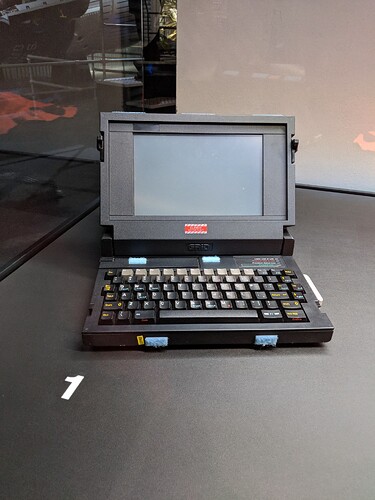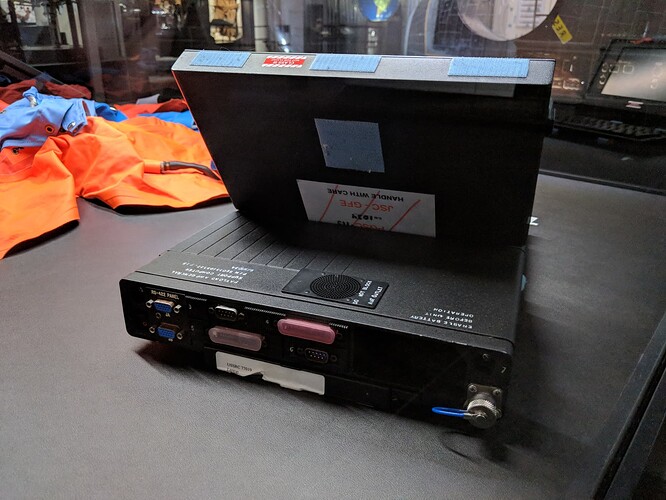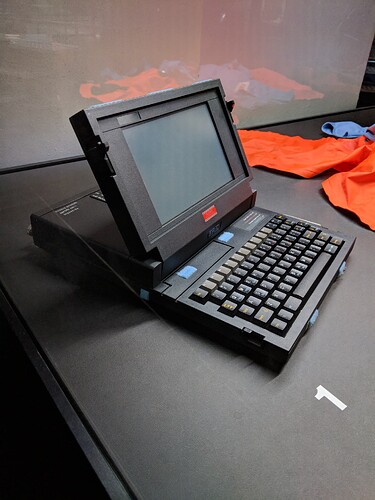Article on the GRID Compass: its use by NASA in Space Shuttle Missions, it’s influence on computer designs and its current historical status.
https://spectrum.ieee.org/tech-history/silicon-revolution/nasas-original-laptop-the-grid-compass
The Graphical Retrieval Information Display (GRiD) Compass had a unique clamshell design, in which the monitor folded down over the keyboard. Its 21.6-centimer plasma screen could display 25 lines of up to 128 characters in a high-contrast amber that the company claimed could be “viewed from any angle and under any lighting conditions.”
By today’s standards, the GRiD was a bulky beast of a machine. About the size of a large three-ring binder, it weighed 4.5 kilograms (10 pounds). But compared with, say, the Osborne 1 or the Compaq Portable, both of which had a heavier CRT screen and tipped the scales at 10.7 kg and 13 kg, respectively, the Compass was feather light. Some people call the Compass the first truly portable laptop computer.
[…]
Although the GRiD Compass’s tenure as a computer product was relatively short, its life as a historic artifact goes on. To be added to a museum collection, an object must be pioneering, iconic, or historic. The GRiD Compass is all three, which is how the computer found its way into the permanent holdings of not one, but two separate Smithsonian museums.One Compass was acquired by the National Air and Space Museum in 1989. No surprise there, seeing as how the Compass was the first laptop used in space aboard a NASA mission. Seven years later, curators at the Cooper Hewitt, Smithsonian Design Museum added one to their collections in recognition of the innovative clamshell design.


